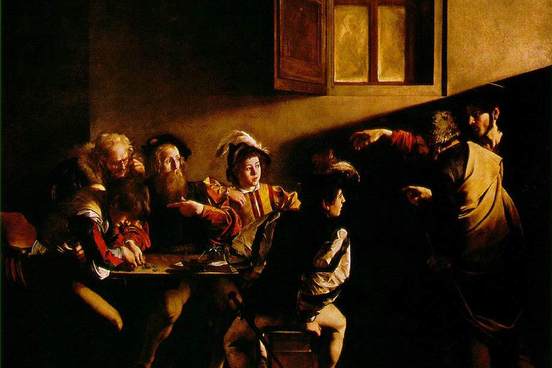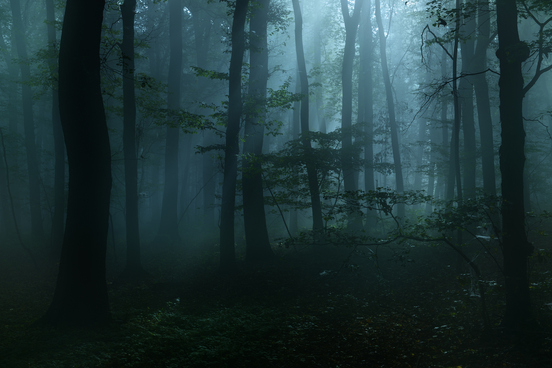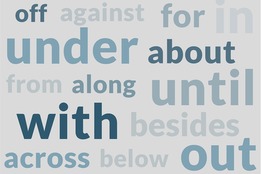Tenebrous means “shut off from the light,” a synonym of dark or murky. It came to English through French from the Latin word tenebrosus, itself derived from tenebrae, meaning, according to the Oxford Latin Dictionary, “the more or less complete absence of light, darkness,” “the darkness of night,” and “(as of squalid or disreputable buildings, etc.) a dark corner, den.”
Tenebrae had a life of its own as an English word referring to a very specific religious service:
: a church service observed during the final part of Holy Week in commemoration of the sufferings and death of Christ with the public chanting of psalms and the progressive extinguishing of all candles until only one remains burning behind or under the altar
Like most words referring to literal darkness, tenebrous also can be used in a figurative way to mean “hard to understand” or “obscure”:
We are also testing our own digital ad network, which will provide a measurable, high quality audience for advertisers, who are increasingly wary, and rightly so, about the murky, tenebrous world of digital advertising.
— Statement of Robert Thomson, Chief Executive of News Corp On Havas Media Group UK Decision To Pull Advertising From Google and YouTube, Business Wire, 17 March 2017
Several related words have been occasionally used in English: Samuel Johnson entered tenebricose (“dark”) and tenebrosity (“darkness, gloom”) in his 1755 dictionary, and the unabridged Webster’s Second from 1934 entered tenebra (“darkness”), but all three terms are quite rare. Still others include tenebrific (“gloomy” or “causing gloom or darkness”), as well as tenebrious, and tenebrose, variant spellings of tenebrous.
Tenebrism is used to designate a style of painting in which most of the people shown are in shadow, with others lit clearly with a beam of light, exemplified in the works of Caravaggio.




















